Even if Artificial Intelligence evolves into its most advanced form – hyper-intelligent, emotionally attuned, and creatively prolific – some human beings will remain fundamentally irreplaceable. Not because they outperform AI in speed, precision, or scale, but because they live and work from the inside-out, rooted in fragility, risk, mortality, and meaning.
Their presence is not scripted. It is embodied.
Their value is not replicable. It is lived.
These are not merely “roles” – they are vocations of soul.
They cannot be automated because they are steeped in the unpredictable, the relational, the sacred.
In an age of simulated intelligence, they call us back to what is real.

In this opening piece of the Re-enchanting the Human series, we name five living human beings whose work cannot be replicated by machines. They embody roles that are not only functionally unique, but culturally sacred – living archetypes of truth-telling, grief-bearing, cultural disruption, ancestral memory, and ethical foresight. In a time when automation threatens to blur the line between simulation and presence, these individuals remind us of what cannot, and must not, be lost.
1. The Truth-Teller Artist
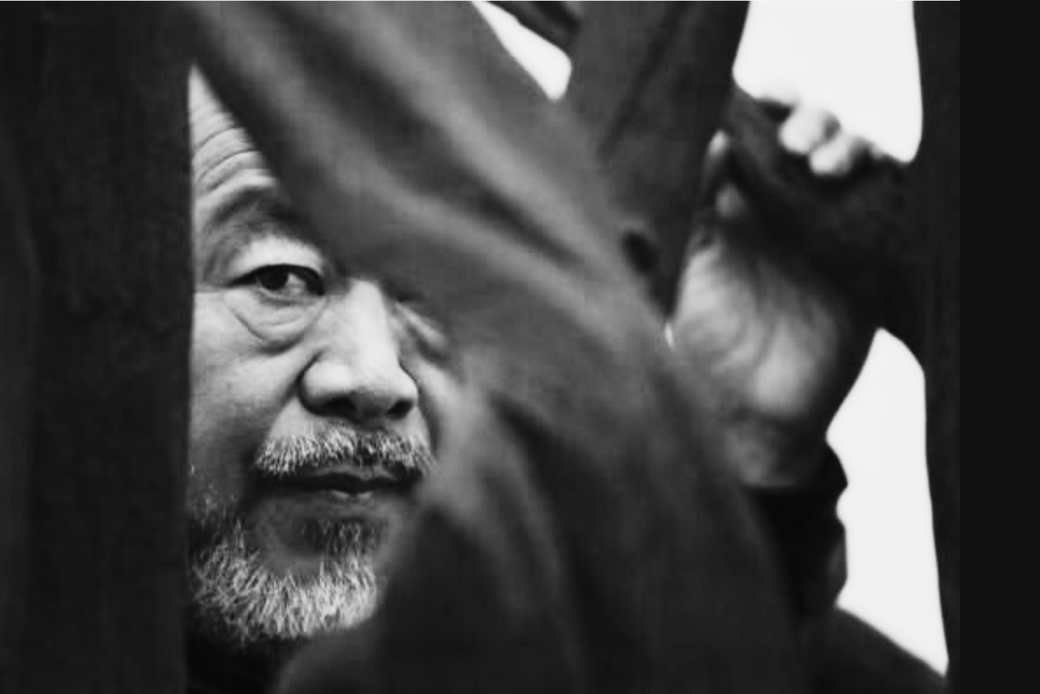
Facing Systems of Power: Ai Weiwei – Artist, Activist, Dissident (China)
Ai Weiwei’s work goes far beyond aesthetics. From building installations using salvaged wood from earthquake-collapsed schools (exposing state corruption), to broadcasting his own surveillance by Chinese authorities, his art is direct political resistance.
AI can imitate rebellion, but it can’t live in fear of arrest, exile, or censorship. It can’t choose to risk everything to reveal a truth. Ai Weiwei’s art is made with consequence. AI has no skin in the game.
2. The Grief Midwife
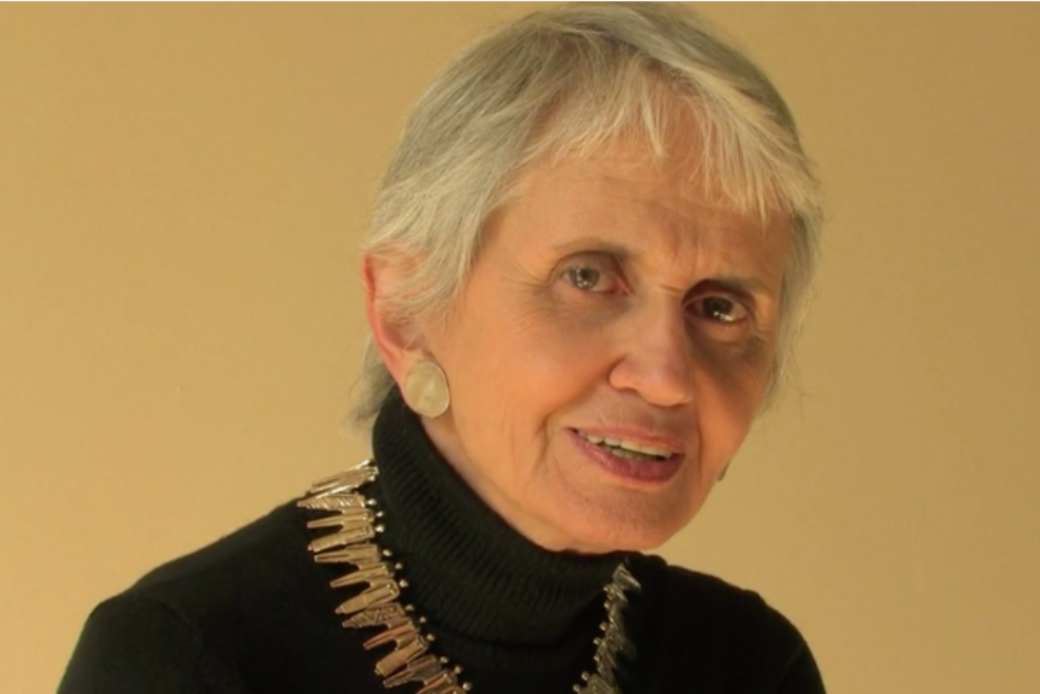
Holding Suffering with Meaning: Dr. Rachel Naomi Remen – Physician & Healer (USA)
As a medical doctor turned spiritual teacher, Dr. Remen listens to terminally ill patients tell stories not of disease, but of meaning. In her book Kitchen Table Wisdom, she recounts a man who, in dying, reconciles with a son he hadn’t spoken to in 30 years.
Even an emotionally responsive AI can’t hold space for silence, or discern the right moment to say nothing. It can’t cry with a patient. In death and loss people don’t want information – they want presence.
3. The Unpredictable Cultural Disruptor
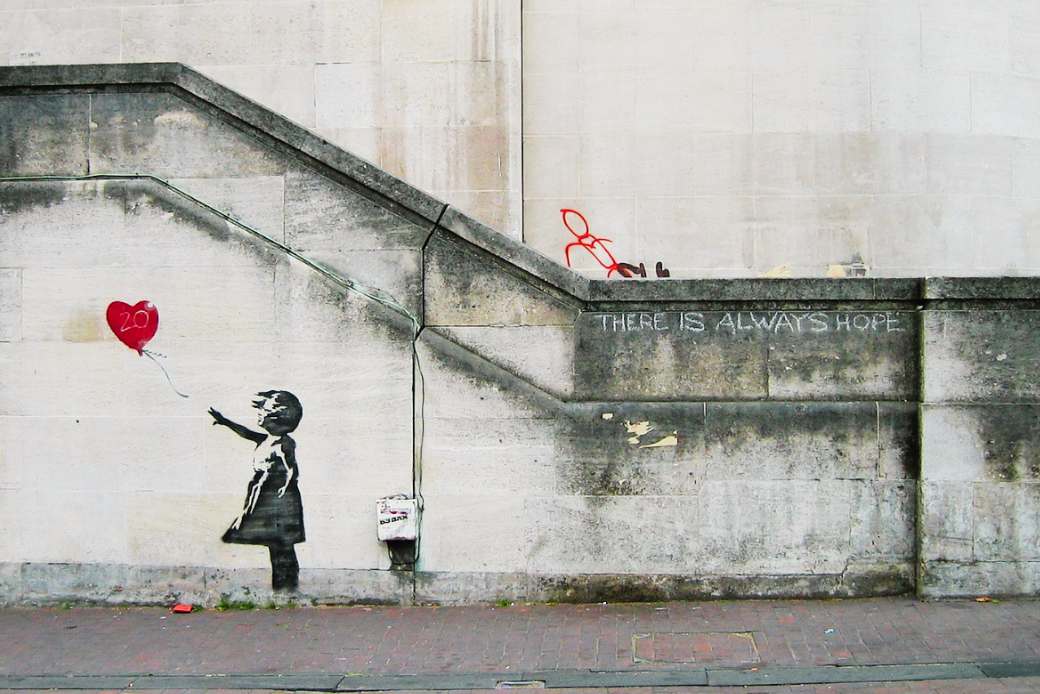
Puncturing Cultural Delusion: Banksy – Street Artist (UK)
When Banksy’s artwork “Girl with Balloon” shredded itself moments after being auctioned for $1.4 million, it wasn’t just a stunt – it was a scalpel to the bloated art market. The act was the art.
AI can create satire. But true subversion requires a sense of cultural timing, embodied irony, and real-world tension. The system can’t be meaningfully disrupted by something designed within it.
4. The Sacred Keeper of Oral Histories
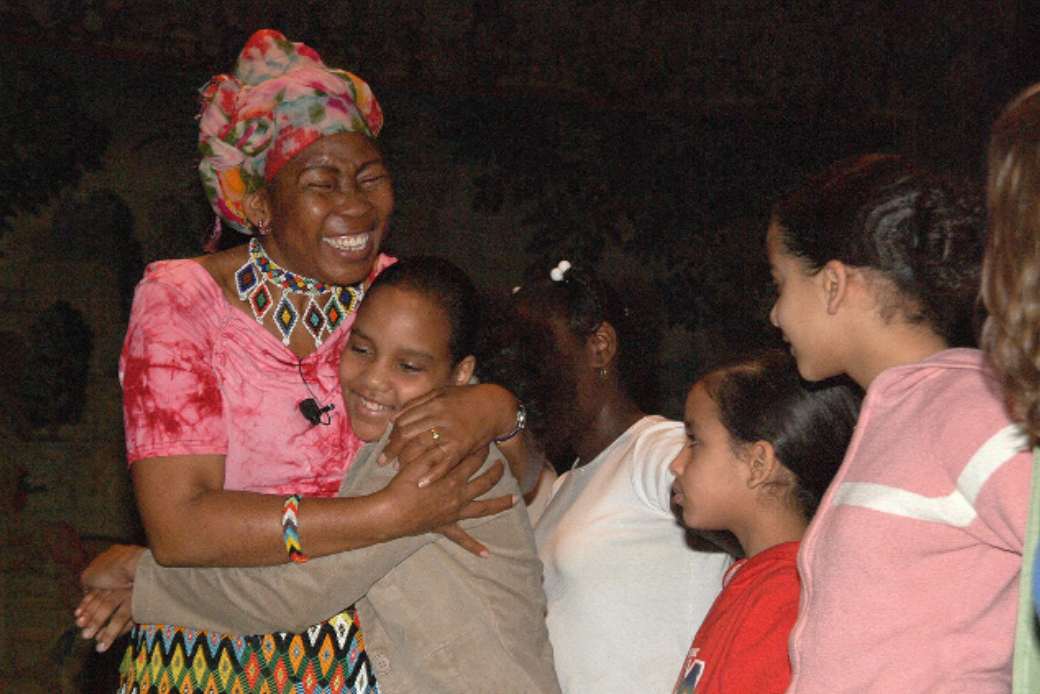
Rooting Memory in Voice and Body: Gcina Mhlophe – Storyteller & Poet (South Africa)
Gcina Mhlophe keeps alive ancestral stories that were almost lost under colonial erasure. Her performances don’t just tell tales – they transmit spiritual continuity. Children sit in circles, spellbound – not by data, but by connection.
Storytelling here isn’t information exchange – it’s a transfer of collective consciousness across generations. AI cannot embody cultural memory, nor channel ancestors. It can’t feel the drumbeat in its bones.
5. The Ethical Threshold Thinker
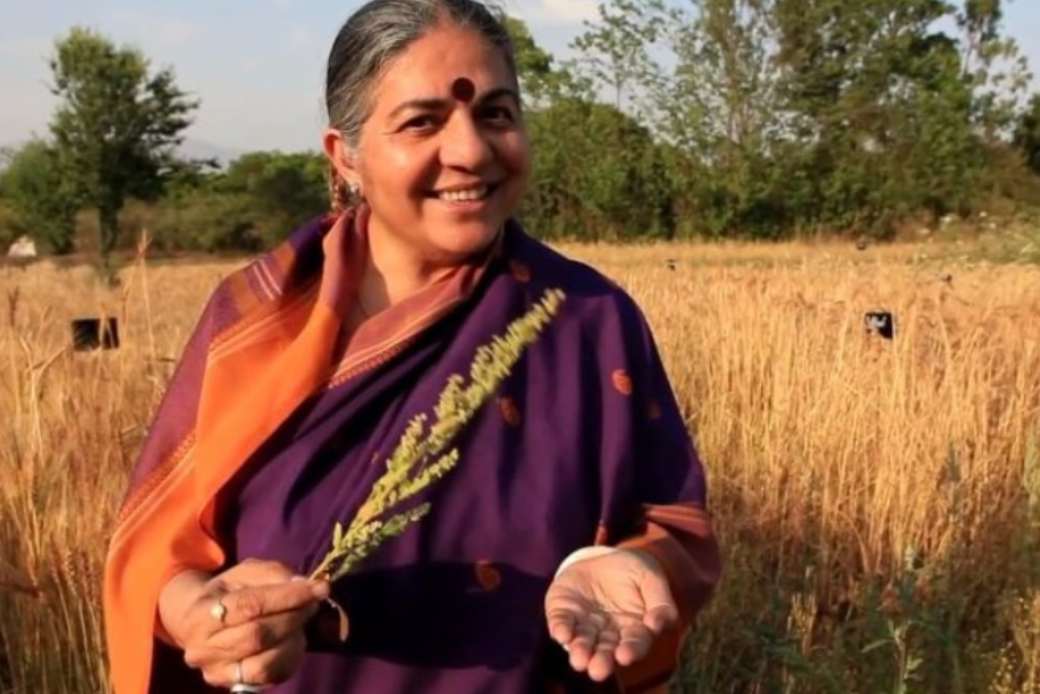
Protecting Future Thresholds: Vandana Shiva – Scientist, Environmentalist (India)
Shiva defends seed sovereignty against Monsanto and industrial agriculture. She doesn’t just write critiques – she works shoulder to shoulder with farmers. Her stance is not only intellectual – it is ethical, relational, and embodied.
AI can model ethics but not take a moral stance formed through decades of lived resistance. AI cannot feel the soil in its hands, or mourn the loss of indigenous farming knowledge. It cannot say “no” to power with conviction.
Why These Roles Will Endure
Even in its most advanced form, AI cannot do what these humans do. It lacks lived subjectivity. It cannot act from emptiness or existential stakes. It does not bleed. It cannot transform. It can simulate art, but not wrestle with it. It can imitate care, but not suffer for it. It can generate language, but not meaning.
Human beings, by contrast, are mortal meaning-makers.
We are capable of embodied presence, moral risk, cultural transmission, and creative emergence that is not derivative – but originating.
The very act of naming these irreplaceable human beings is itself a kind of cultural spell – a re-enchantment.
It is how we protect what is sacred.
It is how we remember who we are, before we forget.

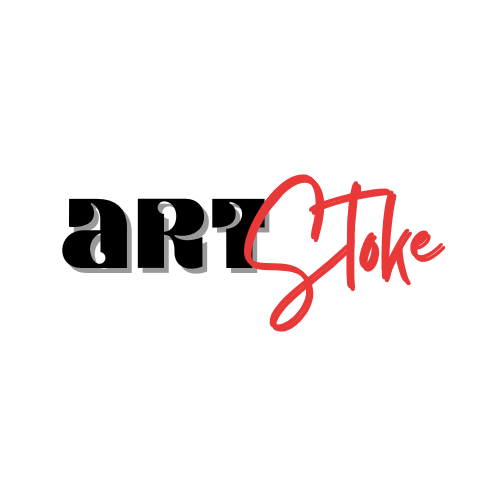


[…] cultural inquiry into what remains distinctly, sacredly human in an age of intelligent machines. In the first piece, we explored five irreplaceable human beings whose work is grounded in mortality, meaning, and moral […]